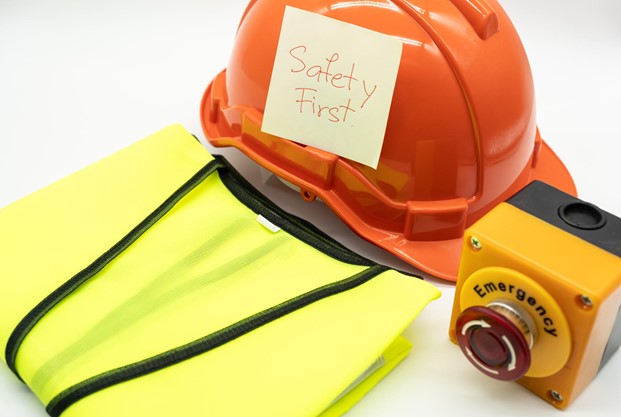Ensuring the safety and well-being of employees isn’t just about compliance-it’s about creating a culture where everyone feels secure and valued.
Effective workplace safety training not only protects your team but also boosts productivity and morale. Here are some best practices and key takeaways for implementing a successful safety skills training program in your workplace.
Hazard Recognition and Risk Assessment
Hazard recognition is the first step in keeping everyone safe. It means spotting things that could cause harm. Once you find these hazards, you must assess the risks. This means looking at how likely it is that someone could get hurt and how serious the injury could be.
Training helps employees learn how to recognize hazards. Programs like Compliance Training Online can be useful for this purpose. They provide clear lessons on safety and risk assessment. By improving recognition skills, workers can act quickly to prevent accidents. Regular practice keeps safety at the forefront of everyone’s mind.
Emergency Response and Evacuation Procedures
Emergency response and evacuation procedures are crucial parts of employee safety skills. When an emergency happens, it is important for everyone to know what to do and where to go. Employees should be familiar with the escape routes and exits in their workplace.
Regular drills help ensure that everyone understands these procedures, making it easier to act quickly if an emergency occurs. Knowing how to respond can save lives and keep everyone safe.
Proper Use of Personal Protective Equipment (PPE)
Proper use of personal protective equipment (PPE) is vital for keeping workers safe. PPE includes items like helmets, gloves, masks, and goggles that protect employees from risks at work. It is important that workers wear the right gear for their jobs and that it fits them well.
Before starting work, employees should check their PPE to ensure it is clean and in good condition. Training on how to use PPE correctly helps prevent injuries.
Ergonomics and Safe Lifting Techniques
Ergonomics and safe lifting techniques are important for preventing injuries at work. Ergonomics is about fitting the job to the worker, which means using tools and furniture that help workers stay comfortable. When lifting heavy items, workers should bend their knees, keep their back straight, and lift with their legs, not their back.
It is also a good idea to ask for help when lifting something that is too heavy. By using these safe lifting techniques and making workspaces comfortable, workers can avoid pain and stay healthy while doing their jobs.
Fire Safety and Prevention
Fire safety and prevention are important in every workplace. Knowing what to do in case of a fire can help keep everyone safe. It is vital for employees to understand the fire alarms, fire exits, and evacuation plans. Workers should keep flammable items away from heat sources and ensure that fire exits are clear at all times.
Regular fire drills can help everyone practice what to do if a fire happens. By following these simple steps, workers can help prevent fires and respond effectively if one occurs, making the workplace safer for everyone.
Learn More About Safety Skills
In conclusion, prioritizing safety skills in the workplace is essential for protecting employees. By focusing on training, hazard recognition, and proper procedures, companies can create a safer environment.
Remember, a secure workplace leads to happier and more productive teams. Investing in safety is investing in your people.
Visit our blog for more!







